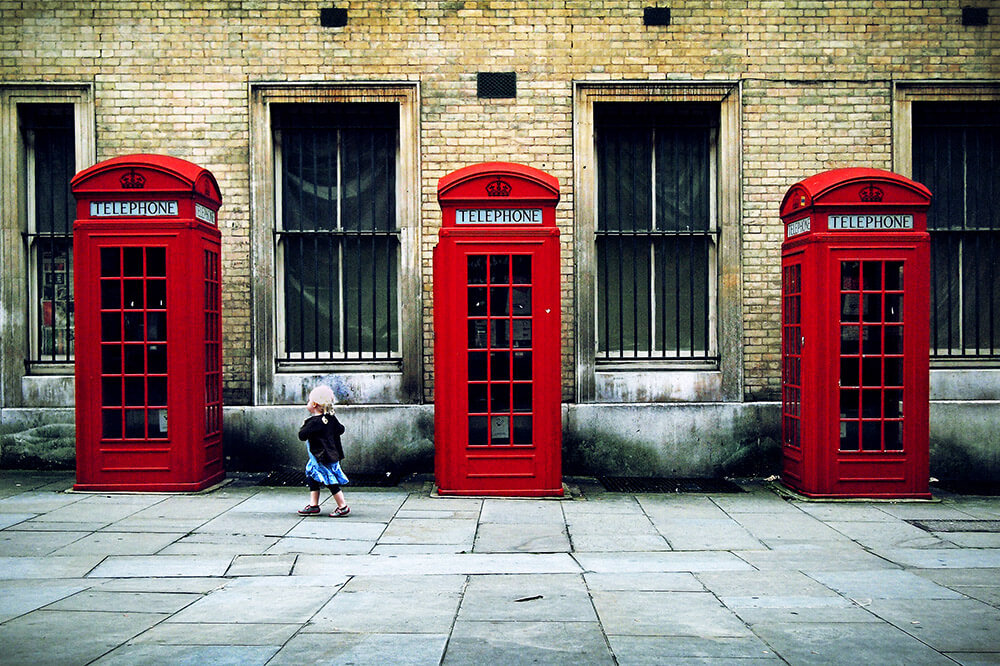Street Photographers Can Be Fun For Everyone
Street Photographers Can Be Fun For Everyone
Blog Article
The 7-Second Trick For Street Photographers
Table of ContentsThe Best Strategy To Use For Street PhotographersThe Ultimate Guide To Street PhotographersMore About Street Photographers7 Simple Techniques For Street PhotographersThe Ultimate Guide To Street Photographers
Street digital photographers do not necessarily have a social objective in mind, however they favor to isolate and record moments which might or else go undetected.He was influenced by numerous of those who affected the street photographers of the 1950s and '60s, he was not primarily interested in recording the spirit of the road. The impulse to aesthetically record people in public began with 19th-century painters such as Edgar Degas, douard Manet, and Henri de Toulouse-Lautrec, that worked side by side with digital photographers trying to catch the essence of city life.
As a result of the somewhat primitive innovation offered to him and the lengthy direct exposure time needed, he battled to catch the stress of the Paris roads. He explore a series of photographic methods, attempting to find one that would certainly allow him to capture movement without a blur, and he discovered some success with the calotype, patented in 1841 by William Henry Fox Talbot. In comparison to Atget, professional photographer Charles Marville was employed by the city of Paris to create an encyclopaedic paper of Haussmann's urban preparation project as it unravelled, thus old and new Paris. While the digital photographers' topic was essentially the same, the results were markedly various, demonstrating the impact of the photographer's intent on the personality of the photos he generated.
Given the fine high quality of his photographs and the breadth of product, designers and artists frequently acquired Atget's prints to use as referral for their own job, though business rate of interests were hardly his major inspiration. Instead, he was driven to photograph every last remnant of the Paris he liked. The mingled interest and seriousness of his goal sparkle through, leading to photographs that narrate his own experience of the city, qualities that anticipated road digital photography of the 20th century.
Not known Incorrect Statements About Street Photographers
They reveal the city with his eyes. His job and basic understanding of digital photography as an art type functioned as inspiration to generations of professional photographers that followed. The next generation of street professional photographers, though they likely did not describe themselves because of this, was ushered in by the photojournalism of Hungarian-born photographer Andr Kertsz.
Unlike his peers, Brassa utilized a larger-format Voigtlnder cam with a much longer direct exposure time, requiring him to be much more calculated and thoughtful in his method than he could have been if making use of a Leica.
Cartier-Bresson was a champ of the Leica cam and among the first professional photographers to optimize its capacities. The Leica permitted the professional photographer to interact with the surroundings and to capture moments as they occurred. Its relatively little dimension additionally aided the digital photographer fade right into the background, which was Cartier-Bresson's he said recommended approach.
Some Known Details About Street Photographers
It is due to this fundamental understanding of the art of photo taking that he is commonly credited with rediscovering the medium all over once more roughly a century given that its invention. He took pictures for greater than a half century and affected generations of professional photographers to trust their eye and intuition in the minute.
These are the inquiries I shall attempt to respond to: And then I'll leave you with my very own interpretation of road digital photography. Yes, we do. Allow's begin with defining what an interpretation is: According to (Street Photographers) it is: "The act of defining, or of making something precise, distinctive, or clear"
No, most definitely not. The term is both restricting and deceiving. Seems like a road photography must be photos of a streets best?! And all road photographers, with the exception of a little number of outright novices, will fully value that a street is not the crucial part to street digital photography, and in fact if it's an image of a street with maybe a couple of dull people not doing anything of passion, that's not road photography that's a snapshot of a street.
Street Photographers Can Be Fun For Everyone
He makes a valid point don't you believe? While I concur with him I'm not certain "candid public digital photography" will catch on (although I do kind of like the term "honest digital photography") due to the fact that "street photography" has actually been around for a lengthy time, with several masters' names affixed to it, so I think the term is right here to remain (Street Photographers).
You can fire at the coastline, at a festival, in a street, in a park, in a piazza, in a cafe, at a museum or art gallery, in a metro terminal, at an event, on a bridge, under a bridge ...
Yes, I'm afraid we scared no choice! Without rules we can not have an interpretation, and without a meaning we don't have a genre, and without a style we don't have anything their website to specify what we do, and so we are stuck in a "regulations meaning genre" loophole!
Street Photographers - Questions

Report this page